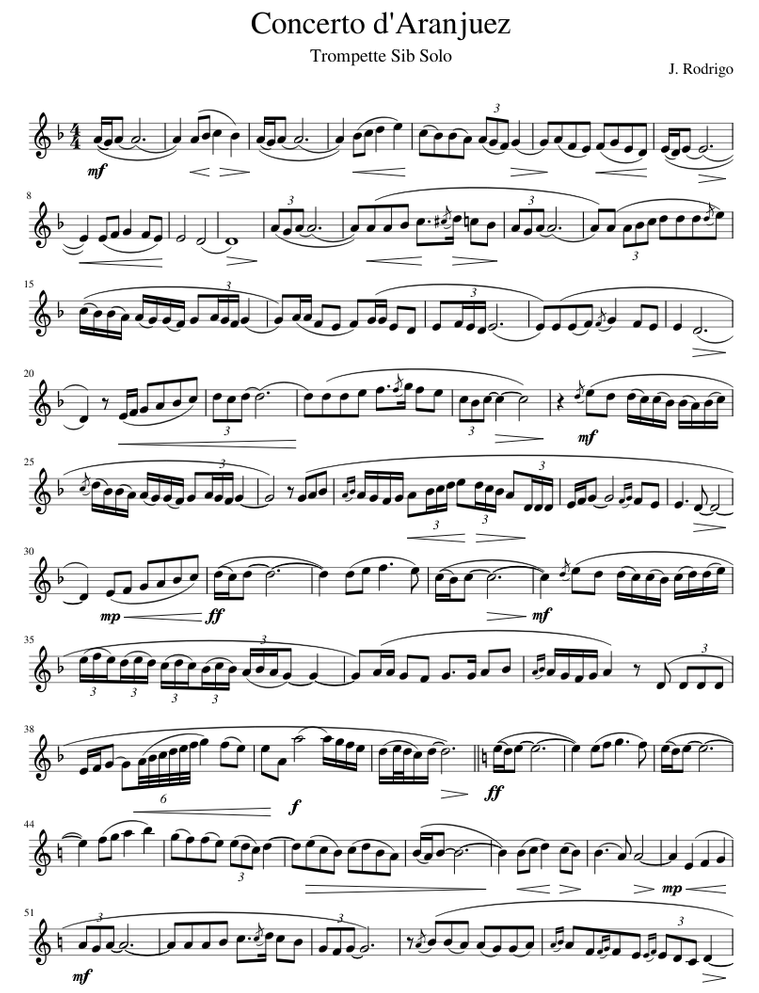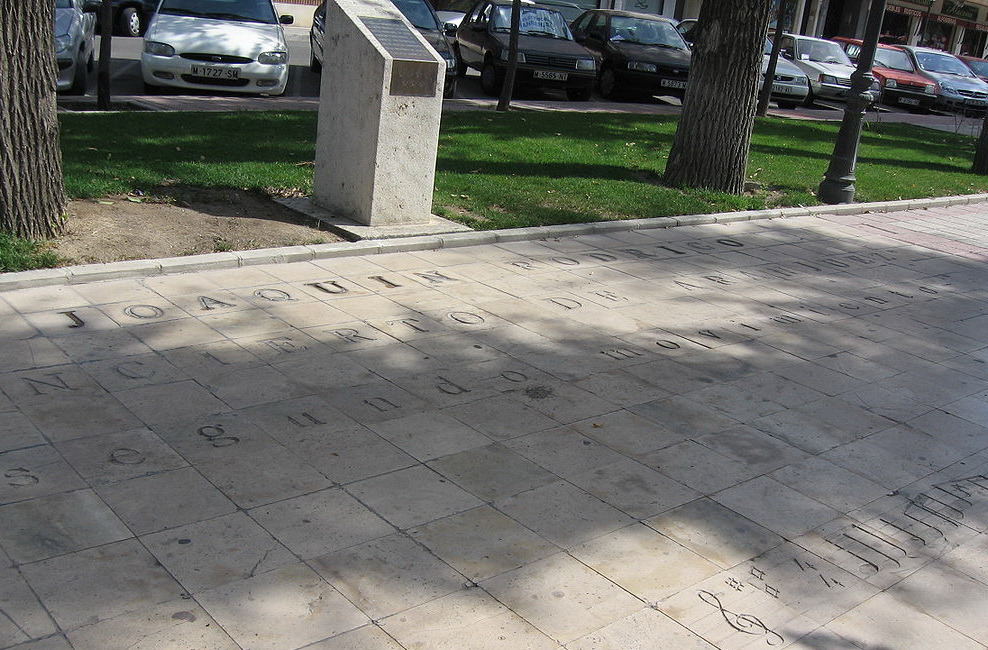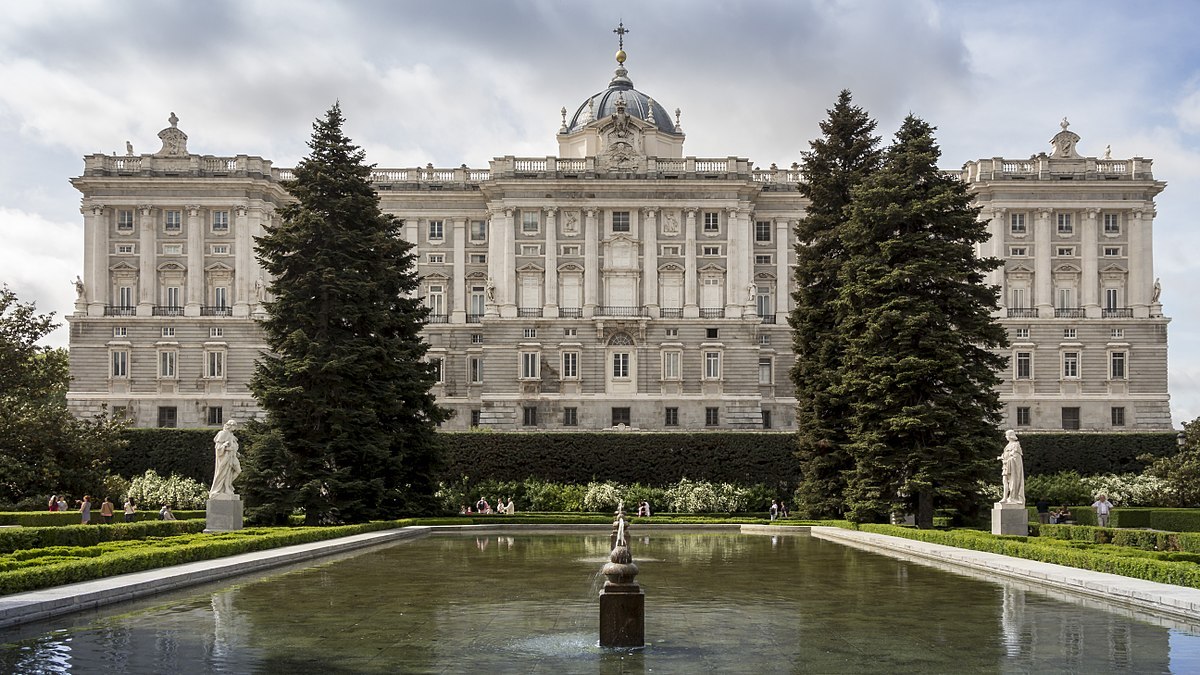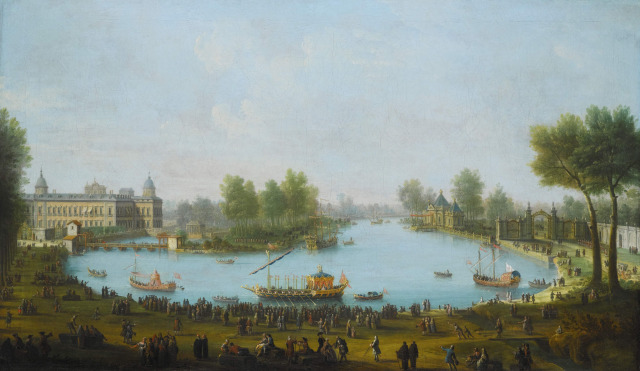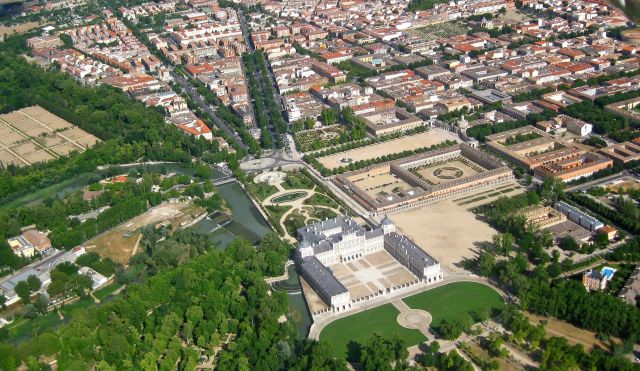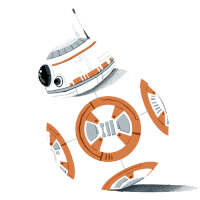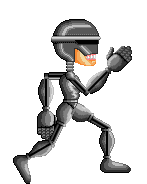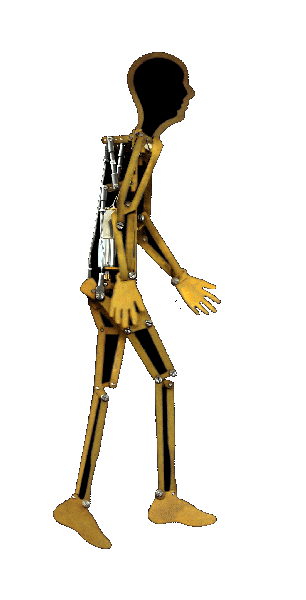Psychological Tricks
🍴 RestaurantsUse 🍴
💲 So You Spend More 💰

Let's explore some sneaky ways restaurants use psychology tricks to make you spend more money! You probably don’t think a whole lot about what goes into your dining experience. But, there’s more to restaurants than providing delicious food and impeccable service. Menu engineers and consultants put careful thought into the way you choose what you eat.
When it comes to the restaurant industry, everything is carefully selected. From the type of music playing in the background, to the lighting.
When it comes to the restaurant industry, everything is carefully selected. From the type of music playing in the background, to the lighting.
Restaurants consider scanpaths and carefully place their anchor item accordingly. They often highlight things like high-profit items or more expensive items to draw your eyes to them.👀 (Consider a “scanpath” to be any eye-movement data collected by a gaze-tracking device, where information is recorded )
Just like any other business, restaurants are always trying to sell you more. This means using the same kind of trickery other businesses engage in.
Just like any other business, restaurants are always trying to sell you more. This means using the same kind of trickery other businesses engage in.
This video explores some of the most commonly employed tricks of the trade.
🗣 Comments 🗣
🗣
Another trick from restaurants that I've discovered is that they tend to add the tax with the total when it comes to tipping & putting those suggestive tips on the receipt. Normally, I'd tip without the tax included.
🗣
Great Video, However the most money profit they make is usually on Drinks and deserts. Also, with seeing deserts on a slow spinning rack as you walk in is a big trick also. It stays in your mind from the moment you see it. I was also told that when a restaurant has a Daily Special on the Menu,, or up on a sign,, means that they have just checked the freezer, and realized that something was just about to go bad soon, so they put it on as a Special of the day, with the hope of it selling. There are tricks of any trade everywhere, Thanks for the Video!
🗣
I didn't know that the restaurants use the gift card trick. Thanks for the information
🗣
Another trick from restaurants that I've discovered is that they tend to add the tax with the total when it comes to tipping & putting those suggestive tips on the receipt. Normally, I'd tip without the tax included.
🗣
Great Video, However the most money profit they make is usually on Drinks and deserts. Also, with seeing deserts on a slow spinning rack as you walk in is a big trick also. It stays in your mind from the moment you see it. I was also told that when a restaurant has a Daily Special on the Menu,, or up on a sign,, means that they have just checked the freezer, and realized that something was just about to go bad soon, so they put it on as a Special of the day, with the hope of it selling. There are tricks of any trade everywhere, Thanks for the Video!
🗣
I didn't know that the restaurants use the gift card trick. Thanks for the information
🍽️ 🍝🍰🍲🥢💰🥗👌🍛🍝🍰🍲🍴 🥗👌
15 Tricks Restaurants Use
15 Tricks Restaurants Use
to Make You Spend More
👇 🍴 👇
https://youtu.be/baCSwtriBxA
🗣 Comments 🗣
👇 🍴 👇
https://youtu.be/baCSwtriBxA
Remember that time you ate out and went well beyond your planned budget? Does that happen way too often? It’s no surprise since restaurants use smart tricks to make you spend more money. You can, of course, check your bills for dishes you didn’t order, but this trick isn’t really used anymore. Bright Side found out about some tricky ploys the catering world uses in order to save money on dishes and make patrons spend more.
Take, for example, complimentary snacks. Olives, crackers, and chips are not a kind gesture of the owner as you might think. The real reason for such complimentary snacks is to make you feel thirsty. After eating several of those salty snacks, you’ll want to order more drinks, bringing a bigger profit to the owner of the café.
TIMESTAMPS:
Take, for example, complimentary snacks. Olives, crackers, and chips are not a kind gesture of the owner as you might think. The real reason for such complimentary snacks is to make you feel thirsty. After eating several of those salty snacks, you’ll want to order more drinks, bringing a bigger profit to the owner of the café.
TIMESTAMPS:
Saving money on fresh fruit 0:47
Cozy tables in restaurants 1:21
Tricky dish arrangements 1:48
Saving money on expensive products 2:49
Unusual names for dishes 3:20
Reduced portions and small plates 4:09
Special buffet arrangements 4:39
Photos of dishes and the absence of currency symbols 5:07
“Fish Monday” 5:40
Free snacks 6:08
Friendly waiters 9:01
SUMMARY:
- Bartenders often save on fruits, not because they lack these products but from simple laziness.
- Almost all restaurants are interested in having as many cozy and secluded spots for their patrons as possible. You are likely to spend more time at a comfortable table — which means that you’ll order more.
- Clients choose dishes located in the middle of the menu page more often. That’s why the owners of catering businesses indicate expensive, more profitable dishes in this space.
- David Kincheloe, president of the Association of National Restaurant Consultants, says that patrons most often get the minimum amount of expensive ingredients in their dishes, but their presence is still indicated on the menu.
- Playing with dish names also works well on diners. Marketers spend a good deal of time inventing names and descriptions for the dishes on a menu.
- Those who work in the catering sphere say that the idea of reducing portions came from retail. For example, you often see packages of 1.75 lb instead of 2 lb.
- According to restaurant menu specialist Gregg Rapp, using photos and illustrations of dishes increases sales by 3 times when it’s the only image on a page.
- Most restaurants order fresh fish on Tuesdays and Thursdays. That’s why fish very often becomes the dish of the day on Mondays — because they need to sell it before it expires.
- When you look at the wine card, you’ll most likely skip the most expensive wine. However, you won’t go for the cheapest either so as not to look cheap.
- Expensive restaurants choose classical music, which encourages visitors to spend more because it makes them feel richer.
- Lighting can influence the speed at which people eat. Expensive restaurants usually prefer soft lighting in their halls so that their visitors can relax.
- Thanks to friendly employees, visitors spend more time in restaurants and leave good tips. https://www.youtube.com/watch?v=baCSwtriBxA
Transcript
@BRIGHT SIDE The reason that small portions cost more than you'd expect is because the labor involved is the same as making a large portion. In a half size dish - although you might have half the amount of actual food on the plate it still costs the restaurant the same in wages (for cooking, prep, serving, washing-up, etc). And you still have to factor in rent, insurance, other pertinent products (eg dish washing powders and soaps, toiletries, etc). And then there's also other services like gas, water, electricity, cleaning out the grease-trap, rubbish removal. And don't forget basic ambience such as cooling and heating. There are so many expenses which are factored into the price of that dish that are not halved just because you might want a small serve.
- Bartenders often save on fruits, not because they lack these products but from simple laziness.
- Almost all restaurants are interested in having as many cozy and secluded spots for their patrons as possible. You are likely to spend more time at a comfortable table — which means that you’ll order more.
- Clients choose dishes located in the middle of the menu page more often. That’s why the owners of catering businesses indicate expensive, more profitable dishes in this space.
- David Kincheloe, president of the Association of National Restaurant Consultants, says that patrons most often get the minimum amount of expensive ingredients in their dishes, but their presence is still indicated on the menu.
- Playing with dish names also works well on diners. Marketers spend a good deal of time inventing names and descriptions for the dishes on a menu.
- Those who work in the catering sphere say that the idea of reducing portions came from retail. For example, you often see packages of 1.75 lb instead of 2 lb.
- According to restaurant menu specialist Gregg Rapp, using photos and illustrations of dishes increases sales by 3 times when it’s the only image on a page.
- Most restaurants order fresh fish on Tuesdays and Thursdays. That’s why fish very often becomes the dish of the day on Mondays — because they need to sell it before it expires.
- When you look at the wine card, you’ll most likely skip the most expensive wine. However, you won’t go for the cheapest either so as not to look cheap.
- Expensive restaurants choose classical music, which encourages visitors to spend more because it makes them feel richer.
- Lighting can influence the speed at which people eat. Expensive restaurants usually prefer soft lighting in their halls so that their visitors can relax.
- Thanks to friendly employees, visitors spend more time in restaurants and leave good tips. https://www.youtube.com/watch?v=baCSwtriBxA
Transcript
@BRIGHT SIDE The reason that small portions cost more than you'd expect is because the labor involved is the same as making a large portion. In a half size dish - although you might have half the amount of actual food on the plate it still costs the restaurant the same in wages (for cooking, prep, serving, washing-up, etc). And you still have to factor in rent, insurance, other pertinent products (eg dish washing powders and soaps, toiletries, etc). And then there's also other services like gas, water, electricity, cleaning out the grease-trap, rubbish removal. And don't forget basic ambience such as cooling and heating. There are so many expenses which are factored into the price of that dish that are not halved just because you might want a small serve.
🗣 Comments 🗣
🗣 If you're talking about big chain or expensive restaurants I'd agree with some of this things. Cause they know you won't be coming back often, so they'll try to put any extras they can on you. But being in this business for 10 years on medium sized restaurants, what you actually want to do is make people have a good time and make them come back, recommend to other friends or even just leave a good review. Saying that a waiter will always recommend the most expensive item on the menu is BS in my opinion. All the staff I've had were always told to find the guests needs and not to throw expensive items on them.
About the waiter being friendly. Would you go to a restaurant where the waiting staff don't treat you properly?
Every industry has ways to try to make money. This very youtube channel is no different.
🗣 My son once came home from a date with a bottle of wine that they really enjoyed. He paid $30 for it. I pulled the same wine out of my wine rack but I only paid $6 for mine at the grocery store. He learned a valuable lesson: get the name of the wine and buy it elsewhere!
🗣 Can you do a video on tricks you use to makes us watch your videos? 😂
About the waiter being friendly. Would you go to a restaurant where the waiting staff don't treat you properly?
Every industry has ways to try to make money. This very youtube channel is no different.
🗣 My son once came home from a date with a bottle of wine that they really enjoyed. He paid $30 for it. I pulled the same wine out of my wine rack but I only paid $6 for mine at the grocery store. He learned a valuable lesson: get the name of the wine and buy it elsewhere!
🗣 Can you do a video on tricks you use to makes us watch your videos? 😂
🍽️ 🍝 🍰 🍲 💰 🥗 🦐🥔🌶️ 🦀 🍣 🥢 🐟 🍤 🦞 🍲🥦🥖🧀 🍗 🥩
How Restaurants Use Psychology
To Make You Spend More Money
To Make You Spend More Money
Restaurants have a whole bucket-load of tricks up their sleeves to get you to spend more money.
🗣 Comments 🗣
I’m so damn cheap, not a single psychology trick at a restaurant works on me 😀
🗣
Most of the "tricks" are actually the reason we go to restaurants in the first place.
If I go to an expensive restaurant, I want my drinks to be served in proper glasses, I want my food to look good, have nice hefty spoons, etc... presentation matters, and critics pay a lot of attention to it. Most people, me included, are willing to pay to get tricked. That's because we are going for the enjoyment, not as judges in a blind tasting competition.
🗣
Three related tricks:
🥜 Bars serve salty snacks (like peanuts) for free so that you'll get thirstier and drinking more.🍸
🎼Loud music makes conversation impossible, meaning you'll focus more on drinking.
🍹Free alcohol in casinos to make you drunk and reckless and spend way more than planned.
💲As a graphic designer, I already knew the design tricks about the menu. Dollar signs are rarely used because it causes people to shop based on price instead of what they want. This is called shopping on the right side of the menu.
🗣
Most of the "tricks" are actually the reason we go to restaurants in the first place.
If I go to an expensive restaurant, I want my drinks to be served in proper glasses, I want my food to look good, have nice hefty spoons, etc... presentation matters, and critics pay a lot of attention to it. Most people, me included, are willing to pay to get tricked. That's because we are going for the enjoyment, not as judges in a blind tasting competition.
🗣
Three related tricks:
🥜 Bars serve salty snacks (like peanuts) for free so that you'll get thirstier and drinking more.🍸
🎼Loud music makes conversation impossible, meaning you'll focus more on drinking.
🍹Free alcohol in casinos to make you drunk and reckless and spend way more than planned.
💲As a graphic designer, I already knew the design tricks about the menu. Dollar signs are rarely used because it causes people to shop based on price instead of what they want. This is called shopping on the right side of the menu.
Restaurants try to get you to shop on the left side of the menu, or by menu item. They will often use boxes and backgrounds to highlight anything with higher profit margins and are often easier to make. This is an effort to get more customers to order the same thing making operations more efficient.
🗣
I've been well aware of all of those. But in hindsight I had always figured buffets use small places to try to get you to eat less because of the physical limits of the plate. Also I'm a huge fan of heavy cutlery and large napkins (preferably cloth). No subconscious stuff going on there you're going to actually please me if you provide that.
🗣
The menu examples would explain why I tend to disassociate when reading a restaurant menu. I'm almost the last one ordering because I never know what to order. The descriptions always sound so much different than their names, and I start getting confused because often times there will be two or more completely different dishes with roughly the same ingredients but described in different ways.
🗣
When I learned about all these tricks in psychology class, instead of hating restaurants and other businesses (like my friends) for using this to trick others, I felt happy because I found out how I could trick myself into having a better time. So I cooked normal food but took efforts into plating it and serving it with heavy silverware and gave my own creations wonderful names. Trust me, guys, and trust Hank, it works!
🗣
"Whenever you go out for dinner or drinks, just know this: Your brain is being hacked."
🗣
I've been well aware of all of those. But in hindsight I had always figured buffets use small places to try to get you to eat less because of the physical limits of the plate. Also I'm a huge fan of heavy cutlery and large napkins (preferably cloth). No subconscious stuff going on there you're going to actually please me if you provide that.
🗣
The menu examples would explain why I tend to disassociate when reading a restaurant menu. I'm almost the last one ordering because I never know what to order. The descriptions always sound so much different than their names, and I start getting confused because often times there will be two or more completely different dishes with roughly the same ingredients but described in different ways.
🗣
When I learned about all these tricks in psychology class, instead of hating restaurants and other businesses (like my friends) for using this to trick others, I felt happy because I found out how I could trick myself into having a better time. So I cooked normal food but took efforts into plating it and serving it with heavy silverware and gave my own creations wonderful names. Trust me, guys, and trust Hank, it works!
🗣
"Whenever you go out for dinner or drinks, just know this: Your brain is being hacked."
🗣
💰 There is one trick that wasn't listed. It's about price. Sometimes restaurants will put an expensive dish on the menu without wanting to actually sell it. They place it there to make the other dishes in the same category appear cheaper by comparison. If a place costs 18 bucks and it's the most expensive plate, people may generally overlook it completely because it's the most expensive. But if there is a 21 dollar plate in the same category, then the 18 dollar plate doesn't seem as bad. This is how they get you to buy the food they actually want to sell you. The most expensive items on the menu aren't there for the rich, as I always thought. They are there to trick you into thinking the 18 dollar plate is a modest price.
🗣
Listening to the recent Healthcare Triage podcast episode now about the replication crisis and they talk quite a bit about Brian Wansink's research (the top source cited) being discredited. His work started coming under scrutiny about a year before this SciShow came out. Hearing them talk about it immediately reminded me of this video, so I came back to check the links, and sure enough, there he was! https://en.wikipedia.org/wiki/Brian_Wansink
🗣
When I was in school for graphic design, there was actually an extensive lesson on how to design a menu. Cheaper items like appies or salads [Appies = Appetizers] always come first to kind of "ease" you into the menu so that you're less likely to look at the prices of the entres like steak since the human mind has a very short attention span. You'll look much more closely at the front of the menu as opposed to the back pages, even though you're probably looking for something from the back pages (like a burger). Appies are also always placed at the front as a "reminder" that you're hungry and you could eat this now instead of waiting for the full meal to come out (so you'll spend that extra $10 on the appie). Likewise, desserts are always placed on the same page of the drink menu because when the wait-staff asks you what you'd like to drink, you're forced to look at that drink (and dessert) menu right away, which kind of "inceptions" you to think about dessert before you've even looked for an main meal yet.
At 5:20 you mention that the weight of cutlery changed the perception of yogurt. If I’m not mistaken, that might actually have more to do with the chemistry of the food and cutlery interacting with each other. I heard this from the first episode of the podcast Gastropod, but perhaps new information has surfaced since that episode’s recording.
💰 There is one trick that wasn't listed. It's about price. Sometimes restaurants will put an expensive dish on the menu without wanting to actually sell it. They place it there to make the other dishes in the same category appear cheaper by comparison. If a place costs 18 bucks and it's the most expensive plate, people may generally overlook it completely because it's the most expensive. But if there is a 21 dollar plate in the same category, then the 18 dollar plate doesn't seem as bad. This is how they get you to buy the food they actually want to sell you. The most expensive items on the menu aren't there for the rich, as I always thought. They are there to trick you into thinking the 18 dollar plate is a modest price.
🗣
Listening to the recent Healthcare Triage podcast episode now about the replication crisis and they talk quite a bit about Brian Wansink's research (the top source cited) being discredited. His work started coming under scrutiny about a year before this SciShow came out. Hearing them talk about it immediately reminded me of this video, so I came back to check the links, and sure enough, there he was! https://en.wikipedia.org/wiki/Brian_Wansink
🗣
When I was in school for graphic design, there was actually an extensive lesson on how to design a menu. Cheaper items like appies or salads [Appies = Appetizers] always come first to kind of "ease" you into the menu so that you're less likely to look at the prices of the entres like steak since the human mind has a very short attention span. You'll look much more closely at the front of the menu as opposed to the back pages, even though you're probably looking for something from the back pages (like a burger). Appies are also always placed at the front as a "reminder" that you're hungry and you could eat this now instead of waiting for the full meal to come out (so you'll spend that extra $10 on the appie). Likewise, desserts are always placed on the same page of the drink menu because when the wait-staff asks you what you'd like to drink, you're forced to look at that drink (and dessert) menu right away, which kind of "inceptions" you to think about dessert before you've even looked for an main meal yet.
At 5:20 you mention that the weight of cutlery changed the perception of yogurt. If I’m not mistaken, that might actually have more to do with the chemistry of the food and cutlery interacting with each other. I heard this from the first episode of the podcast Gastropod, but perhaps new information has surfaced since that episode’s recording.
🍽️🍝🍲💰🥗👌🍛🍝🍴🥔🌶️🦀 🍣🥢🦐🐟🍤🦞🥦🥖🧀🍗🥩🌮🫙🥣 🍙🫘🍵
☕🍰🍮🍨🥧🍽️
🍷🍷 🍸 🍹 🍺 🥂 🥃 🍷🍸🍹🍻


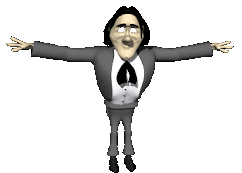
.gif)



.gif)

